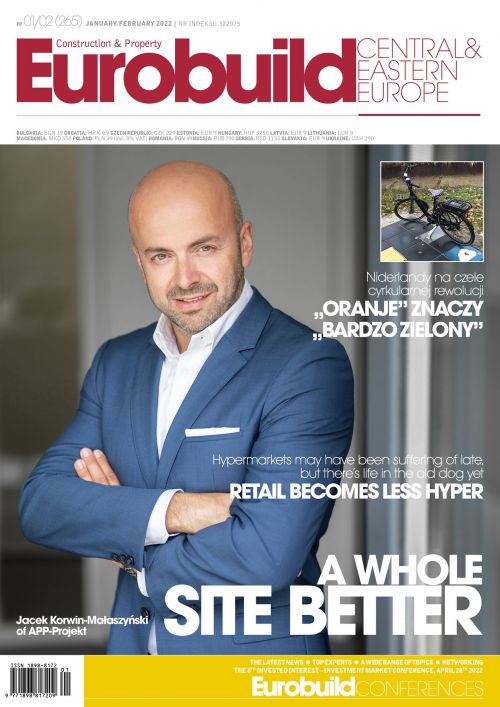The S&P500 index in the US hit new highs on seven occasions in 2021, while for Western Europe’s major stock exchanges it was also a peak year, as they gained several dozen per cent over the period. Against this backdrop, however, the Polish stock exchange was not so impressive, but the WIG 20 did rise by 20 pct in 2021 – although Warsaw has nothing much to boast about when compared to Prague or Budapest in terms of annual returns. The beginning of 2022 also turned out to be a very optimistic time for Polish investors. Despite the looming threat of surging inflation and the great unknown of how the economy is set to fare, investors are clearly living in the moment. The figures for the end of the year, including industrial production, construction and retail trade, show that the Polish economy was in superb form, as GDP grew by more than 5 pct. And an inflation rate of almost 9 pct in December and the hikes in interest rates of the last few months did nothing to dampen th






























































